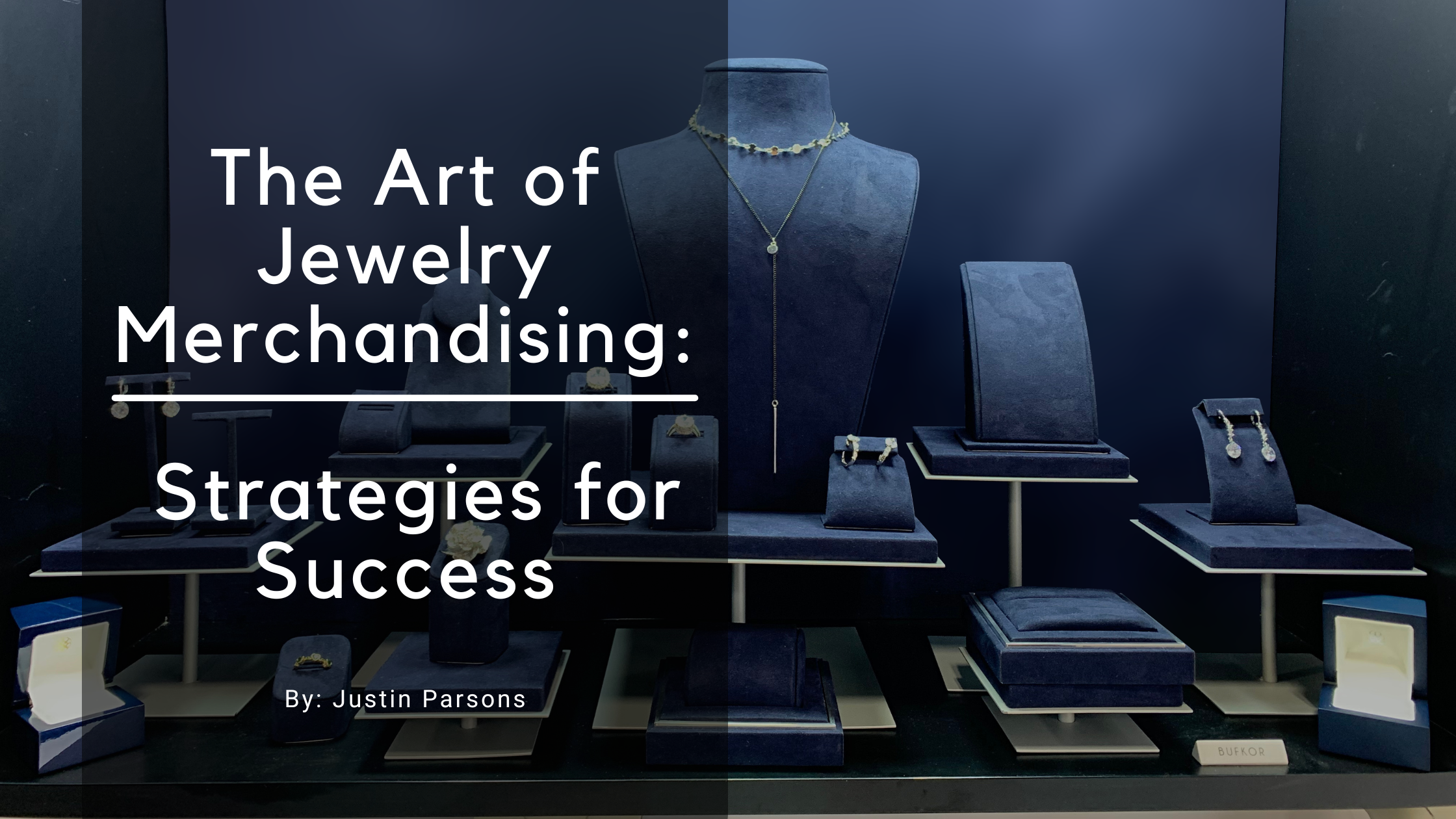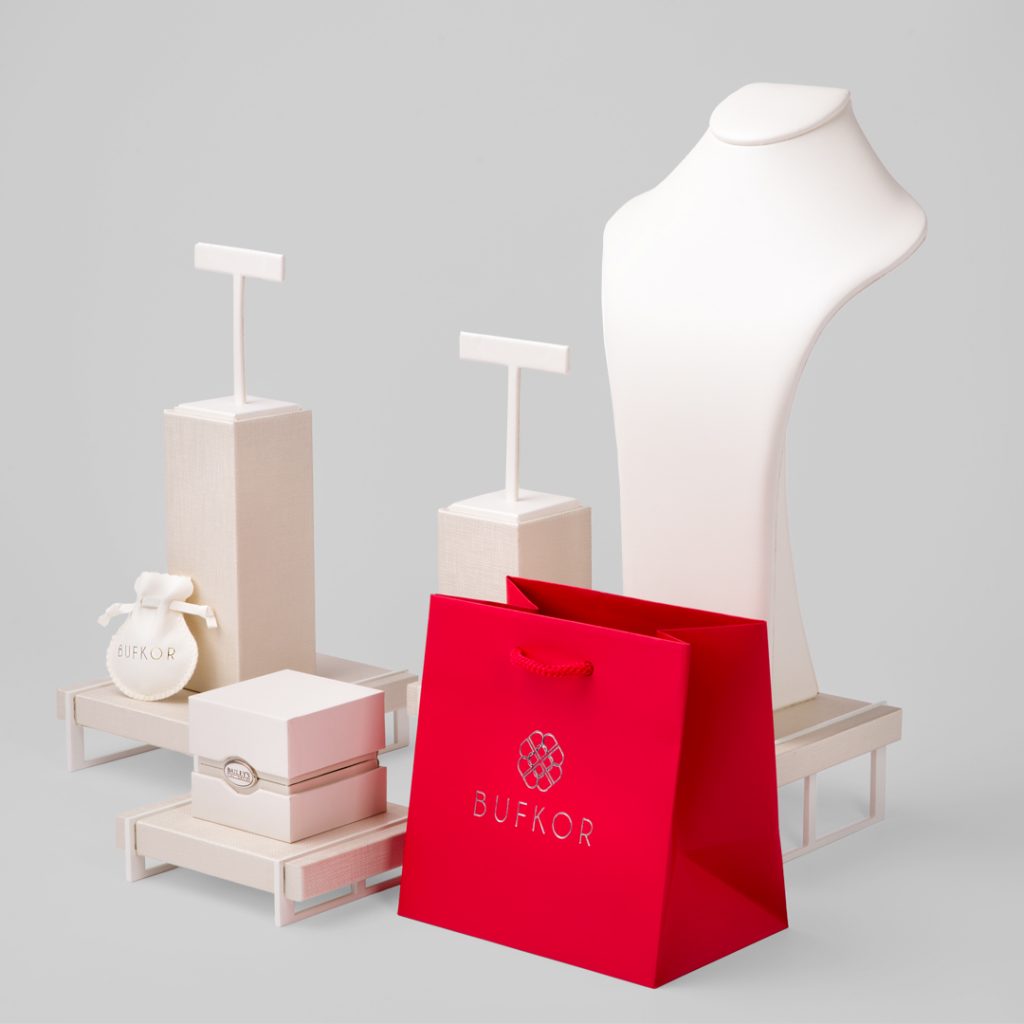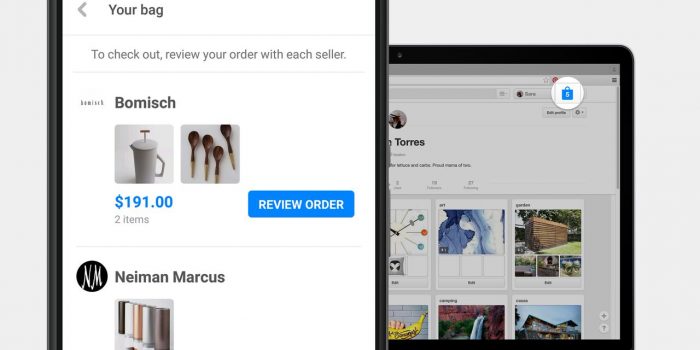The Art of Jewelry Merchandising: Strategies for Success
Jewelry, with its innate allure and timeless appeal, requires a thoughtful approach to how it is presented in today’s retail environments. Effective jewelry merchandising is an art that goes beyond showcasing products; it involves creating an immersive and captivating experience for customers. In this article, we will evaluate eight approaches for successful jewelry merchandising, from creating an enticing display to incorporating storytelling into the customer experience.
Understand Your Client:
An effective jewelry display begins with a deep understanding of your target audience. Consider factors such as age, style preferences, and purchasing behaviors. Tailor your displays and messaging to resonate with the emotions and aspirations of your customers. They need to be able to imagine wearing the piece.
Create Compelling Displays:
Visual aesthetics play a crucial role in jewelry merchandising. Create relevant displays that highlight the distinctiveness of each piece. Each display case should exhibit a prominent, distinct centerpiece flanked by complimentary items. Consider factors like shadows, color coordination, and product themes to draw attention to the beauty of the jewelry.
Share a Story:
Each piece of jewelry has a story, whether it’s about the origin of the materials, the inspiration behind the design, or the level of skilled craftsmanship involved. Share these narratives with your customers through lifestyle images, infographics, or integrated copy. A sense of scarcity or limited supply can elevate perceived value.
 Implement Cross-Selling and Upselling Techniques:
Implement Cross-Selling and Upselling Techniques:
Encourage customers to explore complementary pieces by strategically placing related items near each other. Cross-selling and upselling can be effective in increasing the total transaction values. This should be executed subtly, with a focus on enhancing the customer’s overall experience. Offer your customer a “look” not just a product.
Deemphasize Technology:
Human connection is increasingly valuable. Everyone wants to sell new technology to enhance the customer experience. It’s true, interactive displays can provide additional information about your products. Digital solutions monitor inventory levels and process after-sale communications. But when a customer is in your showroom, they expect human engagement. People make people feel special. No one ever said, “Your AI-powered chatbot really made feel important.”
Educate Your Staff: 
Well-informed and enthusiastic staff can significantly impact the success of jewelry merchandising. Ensure that your team is knowledgeable about the products, materials, and the stories behind the pieces. Empower them to engage with customers, answer questions, and provide guidance. Allow them to share personal preferences that align with your brand. Encourage them to identify and share their own favorite style. This candidness will garner trust from your customers.
Offer Personalization:
Personalization adds a special touch to the jewelry-buying experience. Consider offering customization options or hosting events where customers can meet designers and artisans. Events like these become a part of the story your customer tells their friends about their new jewelry piece. These stories build up your brand every time they are told. Many luxury retailers now offer in-store monogramming and personalization. Individualized services foster a connection between the customer and the jewelry, making it a more meaningful purchase.
Rotate and Replace Displays for Successful Jewelry Merchandising:
Keep your displays dynamic by regularly rotating and refreshing them. Most of our customers refresh displays with additional pieces every few years. It is common to replace all store displays every five to seven years. This not only maintains a sense of novelty for returning customers but also allows you to showcase different pieces and collections throughout the year, aligning with seasonal trends and special sales events.
In conclusion, effective jewelry merchandising is a blend of artistry, storytelling, and customer engagement. By understanding your customers, creating visually appealing displays, and integrating personalized experiences, you can elevate the jewelry-buying journey and build lasting connections with your clientele. In an age where experiences matter as much as products, the art of jewelry merchandising becomes a powerful tool for growing sales and customer loyalty.
-Justin Parsons, Vice President of Sales and Operations, Bufkor




 Implement Cross-Selling and Upselling Techniques:
Implement Cross-Selling and Upselling Techniques:

